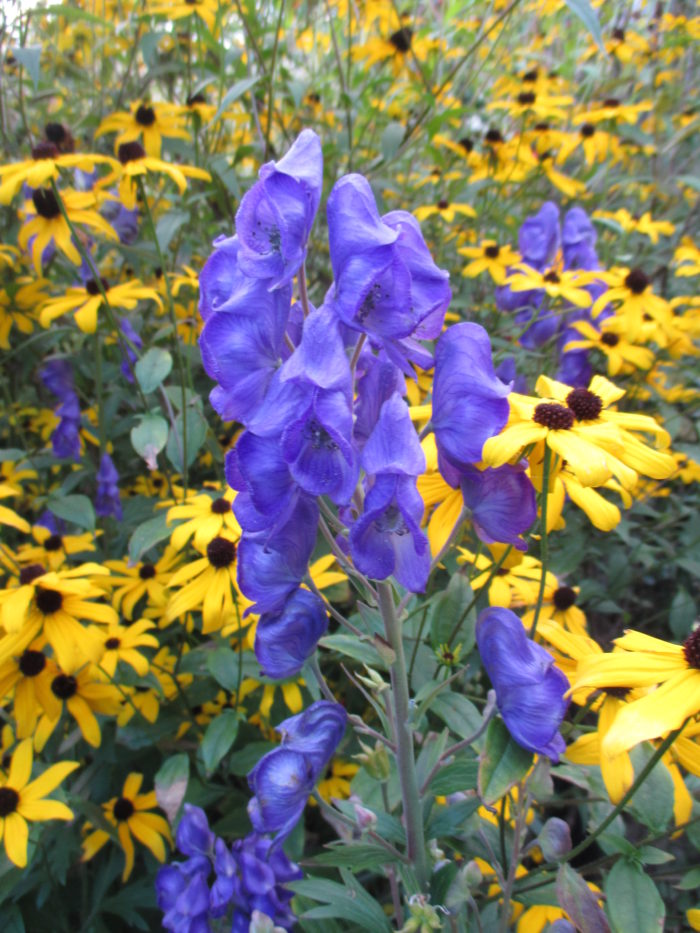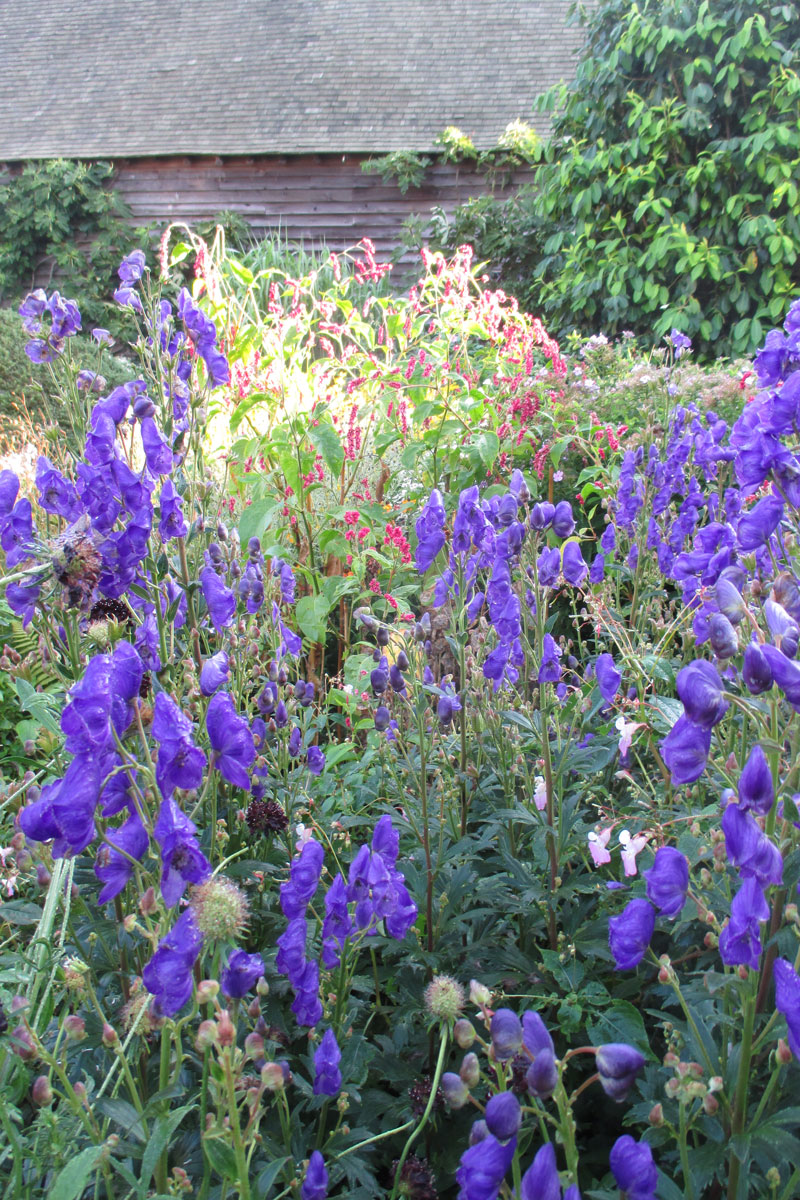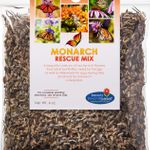
As we leave the dog days of summer behind and start to consider autumn tasks in our gardens, it’s always refreshing to see extended color in the landscape. Transitioning autumn colors in our deciduous woody plants will certainly start to steal the show, but prior to the first hard frosts there are still some other hints of color we can enjoy from our perennials. Some of the latest bloomers will fade with short days and cool nights, while these same conditions will spur other perennials to develop gorgeous late-season coloration. Below is a trio of exciting perennials that provide their primary moment of impact late in the growing season after many others have finished their contributions and are distant memories.

‘Hillside Sheffield Pink’ garden mum
Chrysanthemum ‘Hillside Sheffield Pink’
Zones: 5–9
Mature height: 2 to 3 feet tall
Conditions: Full sun; moist, well-drained soil
This mum is the latest perennial to bloom in my home garden in southern Wisconsin. It starts flowering in late September and continues through October while ignoring light frosts. A hard frost will end its season, but the arrival of later frosts will allow it to bloom well into November with multitudes of apricot-pink, single blooms with yellow centers above attractive, shiny foliage. Preferring moist but well-drained soils, this plant is humidity and drought tolerant and is also pest and disease resistant. It makes a wonderful cut flower as well. This plant combines well with shorter perennial grasses such as prairie dropseed (Sporobolus heterolepis, Zones 4–9) and autumn moor grass (Sesleria autumnalis, Zones 5–9).

‘Arendsii’ azure monkshood
Aconitum carmichaelii ‘Arendsii’, Zones 3–7
Mature height: 3 to 4 feet tall
Conditions: Full sun to partial shade; moist, rich, well-drained soil
Hailing from central China, this tall, late bloomer (October in Wisconsin) offers the deepest of blues on dense panicles of hooded flowers. Moist, organically rich, and well-drained soil is ideal. It’s also deer and rabbit resistant. All parts of this plant are very poisonous, so wear gloves when working with it. This plant blooms through light frost and rarely needs staking due to thick stems, and its glossy, deep green, lobed foliage adds an ornamental touch as well. Consider using this perennial in spots where the elevated blue flowers will really be evident and effective.

‘Dancing Wind’ big bluestem
Andropogon gerardii ‘Dancing Wind’, Zones 4–9
Mature height: 5 to 6 feet tall
Conditions: Full sun; well-drained soil
This upright and drought-tolerant native grass was introduced by Brent Horvath of Intrinsic Perennials in Hebron, Illinois. ‘Dancing Wind’ big bluestem caught my eye from a great distance at the Chicago Botanic Garden in Glencoe, Illinois, a couple years ago in early October. The foliage was a brilliant scarlet red—beautiful from a distance and even more so upon closer inspection. The red accents start in summer, intensify in fall, and reach their peak right before the first hard frost. This is an amazing selection and looks good in groupings as well as in mixed beds, borders, and naturalistic plantings.
For more great plant picks going into fall, check out articles on late-season interest and late-season wonders for the Midwest.
—Mark Dwyer, former director of horticulture at Rotary Botanical Gardens in Janesville, Wisconsin, operates Landscape Prescriptions by MD.
Fine Gardening Recommended Products

Monarch Butterfly Rescue Wildflower Seeds 4 oz.
Fine Gardening receives a commission for items purchased through links on this site, including Amazon Associates and other affiliate advertising programs.

Berry & Bird Rabbiting Spade, Trenching Shovel
Fine Gardening receives a commission for items purchased through links on this site, including Amazon Associates and other affiliate advertising programs.

The Nature of Oaks: The Rich Ecology of Our Most Essential Native Trees
Fine Gardening receives a commission for items purchased through links on this site, including Amazon Associates and other affiliate advertising programs.



















Comments
Log in or create an account to post a comment.
Sign up Log in